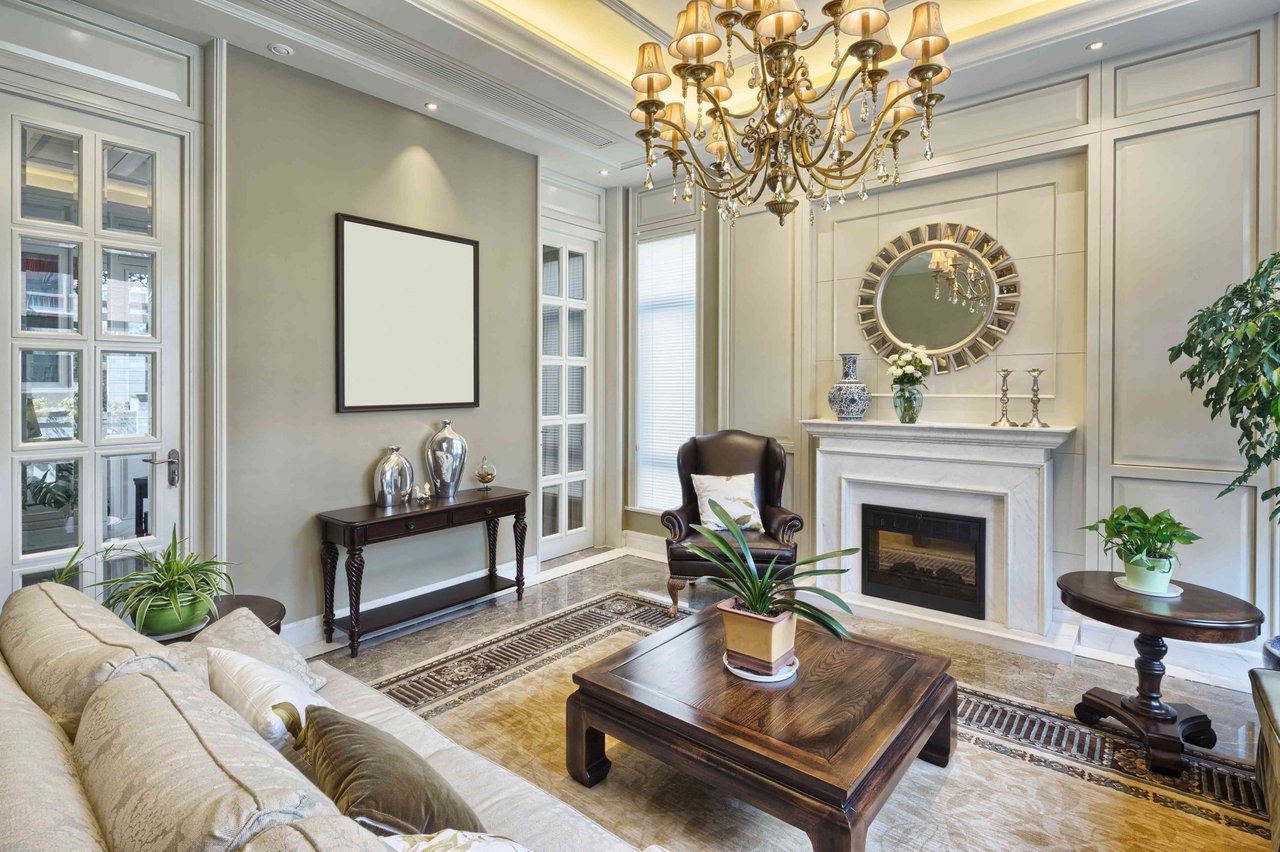Interior design is more than just artwork, throw pillows and accent chairs. Creating the right style, mood and ambiance is a thoughtful mixing of various design elements to form the desired look. Natural stone, reclaimed wood, soft fabrics and subtle colors are all design tools which blend in just the right way to build the style of the home.
There are 10 key principles used in the field of Interior Design.
- Vision – It all starts with a vision. Will this home be a sleek, modern home with industrial elements or perhaps more traditional? Once the vision is decided upon, every detail should reflect the vision.
- Unity – This is the main principle of design, and every design feature must harmonize with the vision. Everything placed in the space should have a design purpose and complement the room.
- Space – How much space is available and what function does it serve? For instance, a living room can be beautiful but must also be available for the family to enjoy.
- Light – A kitchen might be light and bright while a master bathroom could be subtle and relaxing. Light plays an important part in creating the ambiance of a room.
- Balance – This principle is used to ensure the space has a balance of elements which create a visual balance to the eye. It is the distribution of the visual weight of objects, textures, colors, and space in one of three different formats - symmetrically, asymmetrically, and radial.
- Movement – Movement is achieved through texture, edges, shape and color, and lines. These design elements can take the viewer’s eye through the room.
- Color – Nothing can be more impactful than color. Each hue offers a different sense of well-being. A blue or green room is relaxing while red creates excitement and energy.
- Emphasis – A special piece of furniture or bright wall can add interest to the space.
- Contrast – Typically used with color, form or light, contrasting objects or forms can create a virtual division within a space for different functions.
10.Finishes and Fixtures – Designers use the smaller finishes to add detail and cohesion. Sometimes they are called the “jewelry” or “accessories” of a space.
Interior design is truly an art. A professional designer carefully considers each of the above principles to build a vision for the client which suites their taste and lifestyle. When decorating your space on your own, keeping these design principles in mind will allow your creative flair shine through.
